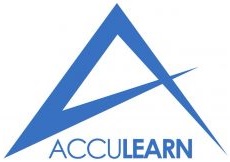Introduction
Reliability Centred Maintenance (RCM) is commonly used to help establish safe minimum levels of maintenance, determine changes to operating procedures and help establish maintenance regimes and plans. Successful implementation can result in cost savings, machine uptime and improved risk management. But the devil’s in the detail – how can you achieve these benefits and successfully implement RCM in your organisation? This course will help you do just that.
Objectives
To provide a better understanding of RCM, particularly:
- What, why, how and who?
- Opportunities and benefits
- Risks
Course outline
What is maintenance?
- Why maintain?
- Traditional maintenance methods
- Common current practices and trends
What is Reliability Centred Maintenance?
- Its history
- Its development
- Current usage
- Where can it be cost-effective?
How does it work?
- Basic features
- Key criteria
- Maintenance options
- Key outcomes
Making the business case and preparing the strategy
- Identifying and quantifying current risks
- Identifying and quantifying current costs
- Motivating decision-makers
- Identifying and empowering those who have to deliver the results
- Educating / gaining buy-in from interested parties
Implementation
- Identify business functions
- Prioritise functions
- Verify correct usage
- Identify failure modes
- Identify the consequences of failure
- Understand the failure process
- Specify the appropriate maintenance action(s)
Ongoing requirements
- Monitoring
- Recording
- Analysis
- Continuous re-evaluation



